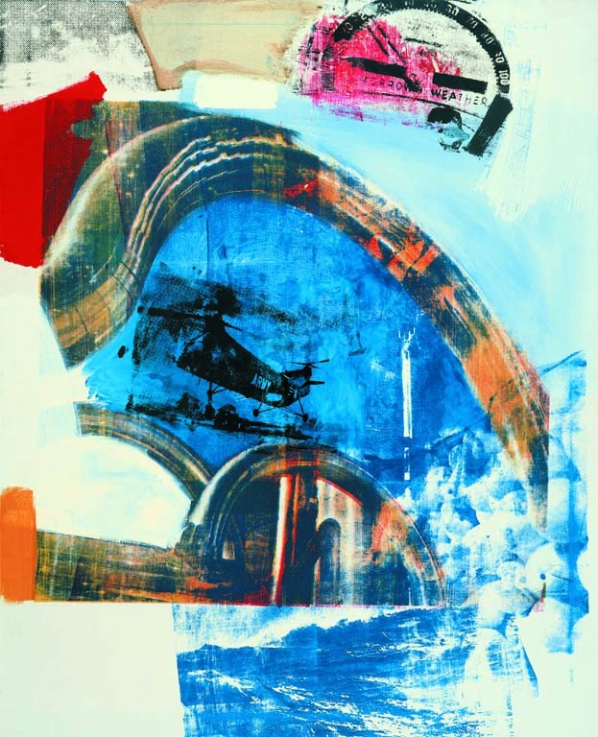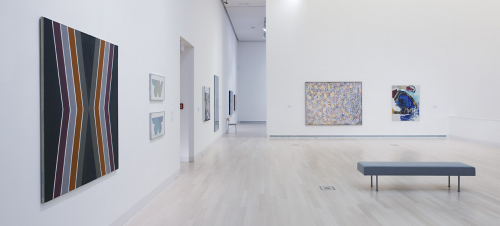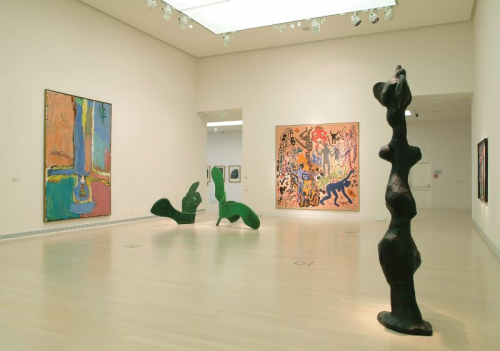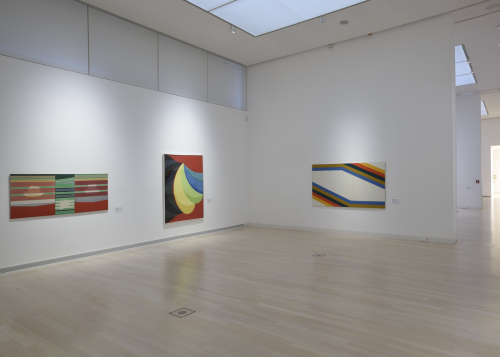His combined pictures based upon the Neo-Dadaist principle of creating artworks as if by accident and bridging the “gap between life and art” became the trademark of the artist in the 1950s. The screen prints resembling the two-dimensional “versions” of Combined Painting were made in the spirit of Pop art from 1962 on. From 1962 to 1964, he produced seventy-nine works in which the montage applied to the canvas by screen-printing process was combined with spectacular, dynamic oil gestures. His Pop art works primarily belong to the group of works within the movement that were concerned with social problems, above all by depicting the Vietnam War and President Kennedy, who was renowned for his many public appearances, drawing attention to environmental destruction and pollution. Rauschenberg applied the method of Pop art when in addition to pictures taken from magazines and found objects he also made use of “found images,” with the ironic symbolism characteristic of his work. The central motif of Hedge, the helicopter is a version of the recurring mosquito, and refers to the militant policy of the US.



